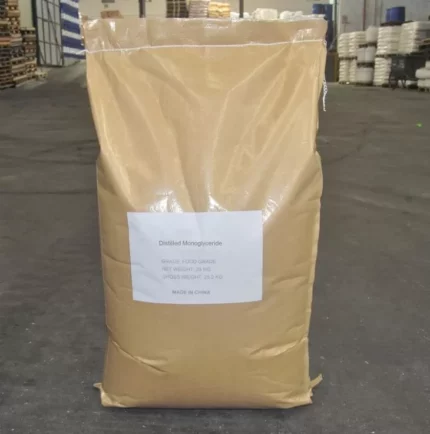

Lactic acid food grade
$0.01 Original price was: $0.01.$0.00Current price is: $0.00.
Lactic acid is a chemical compound classified as an organic acid. It is a type of carboxylic acid, specifically known as 2-hydroxypropanoic acid. Lactic acid is produced in the body as a byproduct of anaerobic metabolism, primarily in muscle tissues, during periods of intense physical activity or when oxygen supply is limited. It plays a crucial role in energy production and can serve as an alternative energy source when glucose availability is reduced.
In terms of its chemical structure, lactic acid consists of a three-carbon molecule with a hydroxyl group (-OH) and a carboxyl group (-COOH) attached to the second carbon. It exists in two stereoisomeric forms: L-lactic acid and D-lactic acid. L-lactic acid is the most common and biologically active form found in humans.
Lactic acid has several industrial applications, including its use in food production, pharmaceuticals, and cosmetics. It is often utilized as a preservative, flavoring agent, pH regulator, and moisturizer. Lactic acid is also employed in various chemical processes, such as the production of biodegradable plastics and environmentally friendly solvents.
Overall, lactic acid is an important compound with diverse biological and industrial significance, contributing to various physiological processes and serving as a versatile chemical building block in numerous applications.
Uses of Lactic acid
Flavoring and pH regulation:
Lactic acid is employed as a natural flavoring agent and pH regulator in a wide range of food and beverage products. It imparts a tangy or sour taste, similar to the flavor of yogurt or sourdough bread.
Food preservation:
Lactic acid exhibits antimicrobial properties, and its use as a food preservative helps inhibit the growth of harmful bacteria, molds, and yeasts. It can extend the shelf life of processed foods and prevent spoilage.
Acidification:
Lactic acid is utilized to acidify and adjust the pH of certain foods and beverages. It is particularly valuable in fermented products such as sauerkraut, pickles, kimchi, and yogurt, where it contributes to the characteristic acidity and tanginess.
Dairy products:
Lactic acid plays a vital role in the production of various dairy products. It is used in cheese making to facilitate curd formation and enhance the texture, flavor, and shelf life of cheeses. Lactic acid bacteria are also employed in the fermentation of milk to produce yogurt and cultured buttermilk.
Meat and poultry processing:
Lactic acid is employed as an antimicrobial treatment in the processing of meat and poultry products. It can help reduce bacterial contamination and enhance food safety.
Bakery products:
Lactic acid is utilized in the baking industry to regulate dough fermentation and improve the texture and volume of baked goods. It contributes to the development of a desirable crumb structure and imparts a mild tangy flavor.
Beverages:
Lactic acid finds applications in the production of various beverages, including fruit juices, soft drinks, and alcoholic beverages. It helps adjust acidity levels, improve flavor profiles, and act as a natural preservative.


 Emollients
Emollients Humectants
Humectants UV Filters
UV Filters Surfactants (cosmetic)
Surfactants (cosmetic) Preservatives (cosmetic)
Preservatives (cosmetic) Fragrances and Essential Oils
Fragrances and Essential Oils Antioxidants (cosmetics)
Antioxidants (cosmetics)
 Solvents (lab)
Solvents (lab) Chromatography Chemicals
Chromatography Chemicals Microbiology and Cell Culture Reagents
Microbiology and Cell Culture Reagents Biochemical Reagents
Biochemical Reagents Inorganic and Organic Standards
Inorganic and Organic Standards Spectroscopy Reagents
Spectroscopy Reagents Molecular Biology Reagents
Molecular Biology Reagents
 Precious Metal Extraction Agents
Precious Metal Extraction Agents
 Plasticizers
Plasticizers Polymerization Initiators
Polymerization Initiators Stabilizers
Stabilizers Monomers
Monomers Fillers and Reinforcements
Fillers and Reinforcements Antioxidants (plastics)
Antioxidants (plastics) Colorants (plastic pigments,Dyes)
Colorants (plastic pigments,Dyes)
 Fertilizers
Fertilizers Plant Growth Regulators
Plant Growth Regulators Soil Conditioners
Soil Conditioners Animal Feed Additives
Animal Feed Additives Biostimulants
Biostimulants
 Dough Conditioners
Dough Conditioners Flour Treatments
Flour Treatments Fat Replacers
Fat Replacers Preservatives (baking)
Preservatives (baking)
 Surfactants (cleaning)
Surfactants (cleaning) Builders
Builders Bleaching Agents
Bleaching Agents Enzymes
Enzymes Solvents (cleaning)
Solvents (cleaning) Fragrances
Fragrances Disinfectant
Disinfectant Metal cleaning
Metal cleaning
 Binders/Resins
Binders/Resins Pigments
Pigments Solvents (paint)
Solvents (paint) Additives
Additives Driers
Driers Anti-Corrosion Agents
Anti-Corrosion Agents Specialty Coatings
Specialty Coatings Functional Coatings
Functional Coatings Application-Specific Coatings
Application-Specific Coatings
 Sealants and Adhesives
Sealants and Adhesives
 Biodegradable Surfactants
Biodegradable Surfactants Bio-based Solvents
Bio-based Solvents Renewable Polymers
Renewable Polymers Carbon Capture Chemicals
Carbon Capture Chemicals Wastewater Treatment Chemicals
Wastewater Treatment Chemicals
 Preservatives (food)
Preservatives (food) Flavor Enhancers
Flavor Enhancers Acidulants
Acidulants Sweeteners
Sweeteners Emulsifiers
Emulsifiers Antioxidants (food)
Antioxidants (food) Colorants (food)
Colorants (food) Nutrient Supplements
Nutrient Supplements Nutraceutical Ingredients
Nutraceutical Ingredients
 Fresh Herbs
Fresh Herbs Whole Spices
Whole Spices Ground Spices
Ground Spices Spice Blends
Spice Blends
 Surfactants(oil)
Surfactants(oil)
 Antibiotics
Antibiotics Active Pharmaceutical Ingredients
Active Pharmaceutical Ingredients Excipients
Excipients Vaccine Adjuvants
Vaccine Adjuvants Nutraceutical Ingredients
Nutraceutical Ingredients Solvents (pharmaceutical)
Solvents (pharmaceutical)
 Automotive chemicals
Automotive chemicals Pyrotechnic Chemicals
Pyrotechnic Chemicals


 Vulcanizing Agents
Vulcanizing Agents Accelerators & Retarders
Accelerators & Retarders Antidegradants
Antidegradants Reinforcing Agents
Reinforcing Agents Plasticizers & Softeners
Plasticizers & Softeners Fillers & Extenders
Fillers & Extenders Blowing Agents
Blowing Agents Adhesion Promoters
Adhesion Promoters
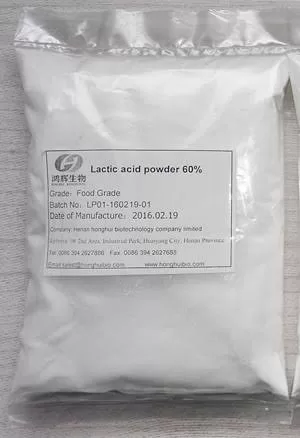

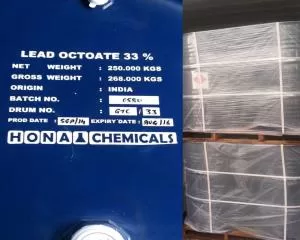


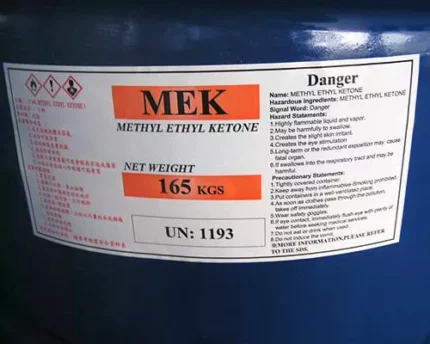
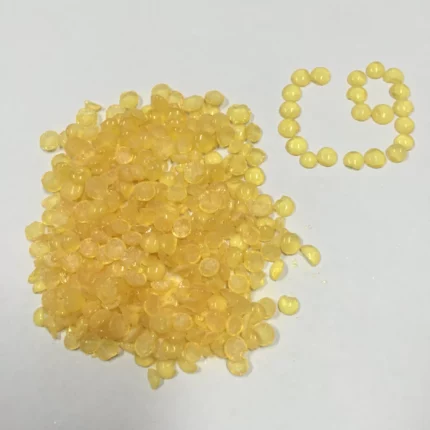

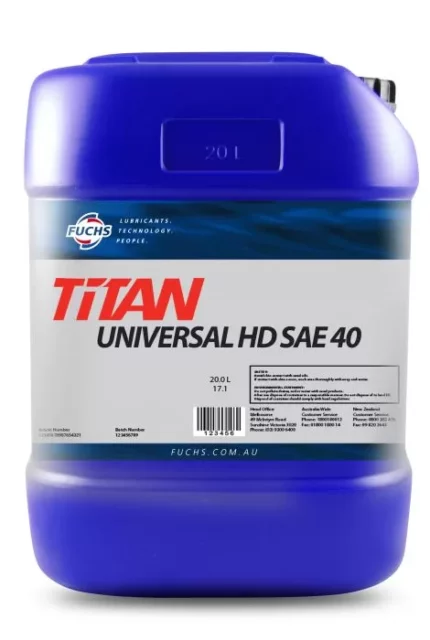













Reviews
There are no reviews yet.